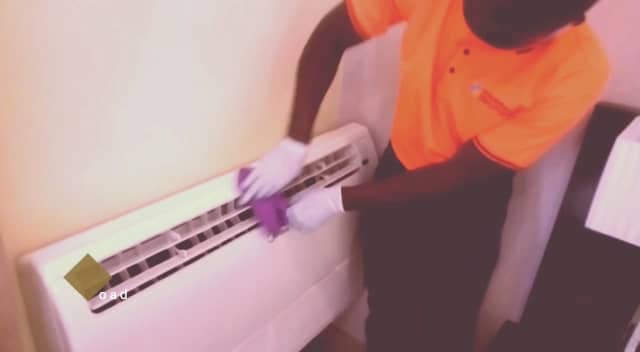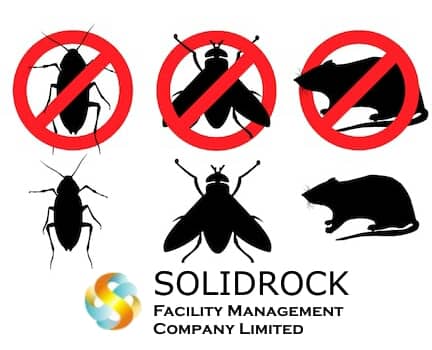Reduce And Plan Against Viral Threats Within Your Facilities
With the change of weather patterns all over the world, for some spring, some winter , some summer and some the rains are pouring down , and that means allergens and viral threats are certainly in the air. With illnesses like the flu and norovirus circulating, businesses need to take this time to take action against viral spread within their facilities.
At Solid Rock, we have identified four tips and best practices that business owners and facility managers can implement to protect against viral threats:
1. Prioritize Air Quality
One of the most effective ways businesses can reduce viral threats is by prioritizing air quality. Air quality is directly related to the spread of pathogens and respiratory infections, such as COVID-19. By properly maintaining air systems and adhering to quality standards, businesses can help prevent illnesses from spreading among employees.
One of the most effective ways businesses can reduce viral threats is by prioritizing air quality.
To improve air quality, business owners and facility managers should regularly change HVAC filters and schedule HVAC system maintenance. While the HVAC system is in use, blocking air vents with any furniture that might prevent air circulation should be avoided. It can also be useful to occasionally turn off the HVAC system, open the windows, and let in fresh air.
Business owners can invest in technology like air purification systems and air quality sensors to take the legwork out of air quality maintenance and problem detection.
2. Prevent Mold
According to the CDC, the presence of mold can weaken our immune system, but preventing mold can be a daunting task, especially for facilities in humid climates. The U.S. Department of Labor recommends that the humidity within workplaces ranges between 20-60% and that the temperature should range between 68-76° F.
Preventing the spread of mold often boils down to reducing humidity and the presence of sitting water.
Preventing the spread of mold often boils down to reducing humidity and the presence of sitting water. Implement a leak detection system to identify leaks before they can cause any real structural damage, and repair plumbing leaks in the building as soon as they are detected
Another way to reduce humidity is to vent appliances that generate moisture, such as dryers, outside of the building. Installing a dehumidifier is another possibility for buildings where excess humidity is a persistent issue.
3. Train Employees And Create Protocols
When it comes to infection control, business owners can’t do it alone. It takes cooperation from the entire organization to create a workplace that is safe from viral threats. Empower employees with the education and tools to protect themselves and their colleagues. Business owners and facility managers should also create a cleaning protocol list with tasks that are assigned and carried out regularly, not just during the occasional deep cleaning carried out by professionals.
Wiping down computer keyboards and mice, dusting shelves, and disinfecting door knobs and countertops are just a few of the tasks that can be done easily and often by staff to reduce viral contaminants within the workplace.
Over 3,000 organisms can be found per square inch on a keyboard, according to Initial Hygiene. Wiping down computer keyboards and mice, dusting shelves, and disinfecting door knobs and countertops are just a few of the tasks that can be done easily and often by staff to reduce viral contaminants within the workplace.
Facility managers can also provide sanitizing stations, fully-stocked bathrooms, and personal protective equipment like masks, to encourage cleanliness from employees and customers throughout the facility.
4. Invest In Decontamination Technology
Businesses often have equipment and a multitude of surfaces that require decontamination, making regular cleaning protocols complicated to carry out. New portable decontamination technology developments, such as room foggers, are available to facility managers that can disinfect even hard-to-reach surfaces in large offices, warehouses, gyms, restaurants, and more in a matter of minutes.
Prioritize infection control and spring cleaning all year round to protect employees and patrons. By utilizing the ample technological advancements available to them, facility managers can make reducing viral spread both easier and more effective.
At Solid Rock, we are behind your business success www.solidrockfacilitymanagers.com










